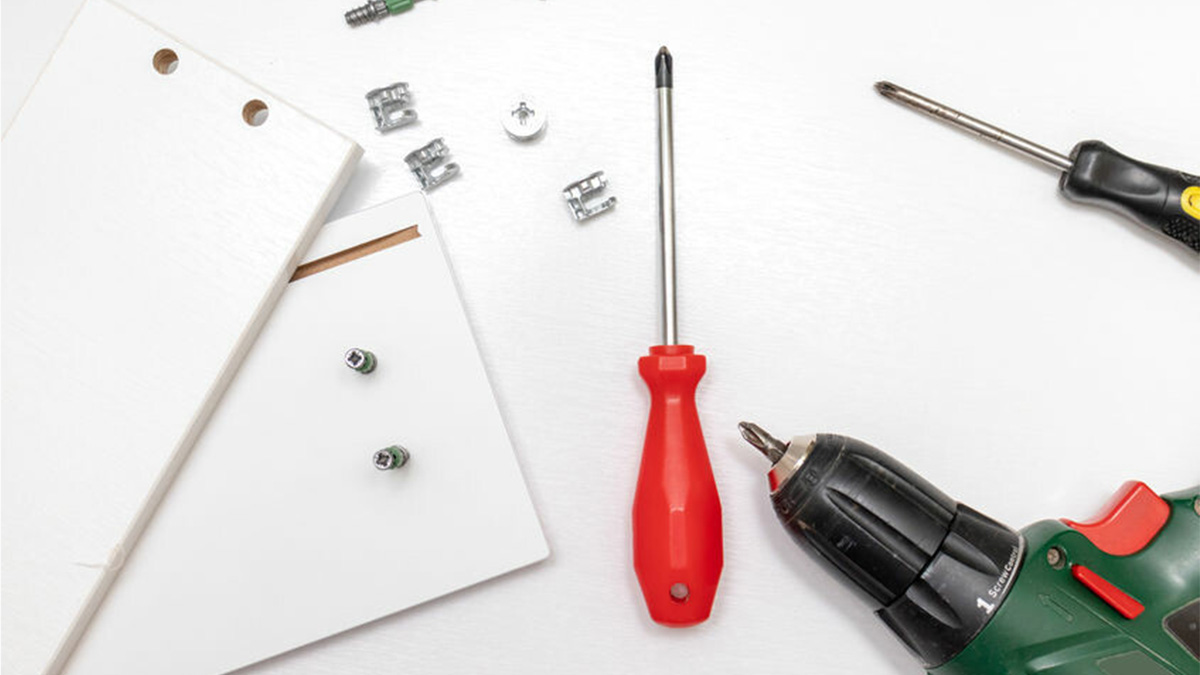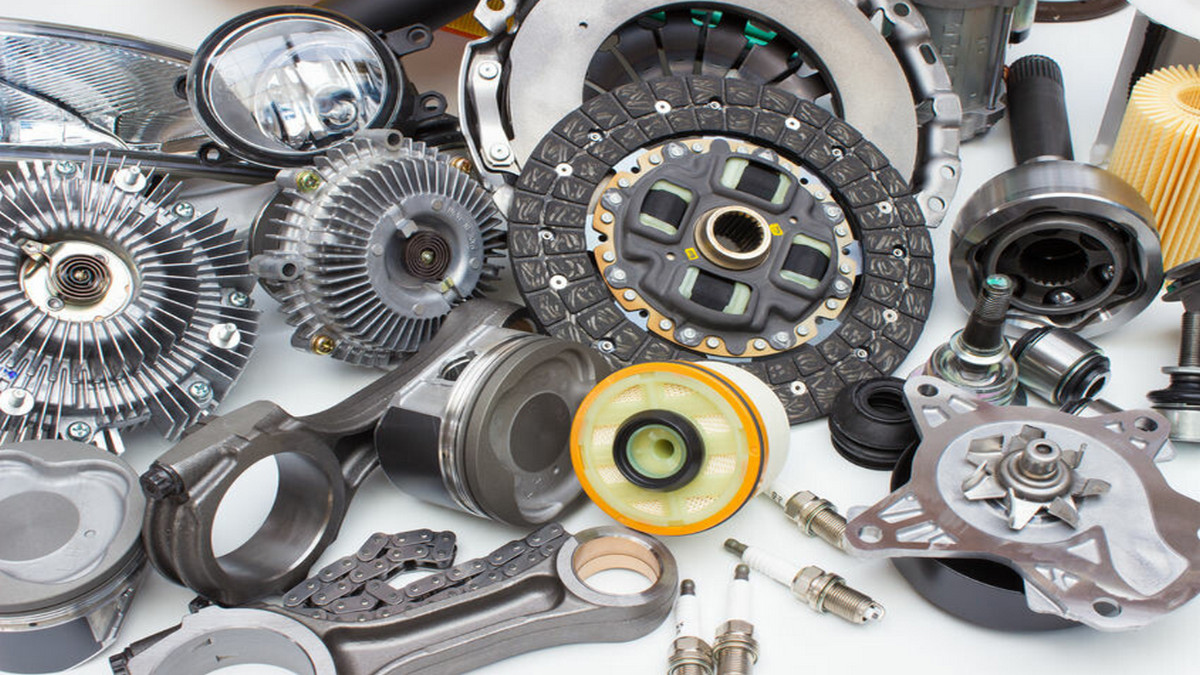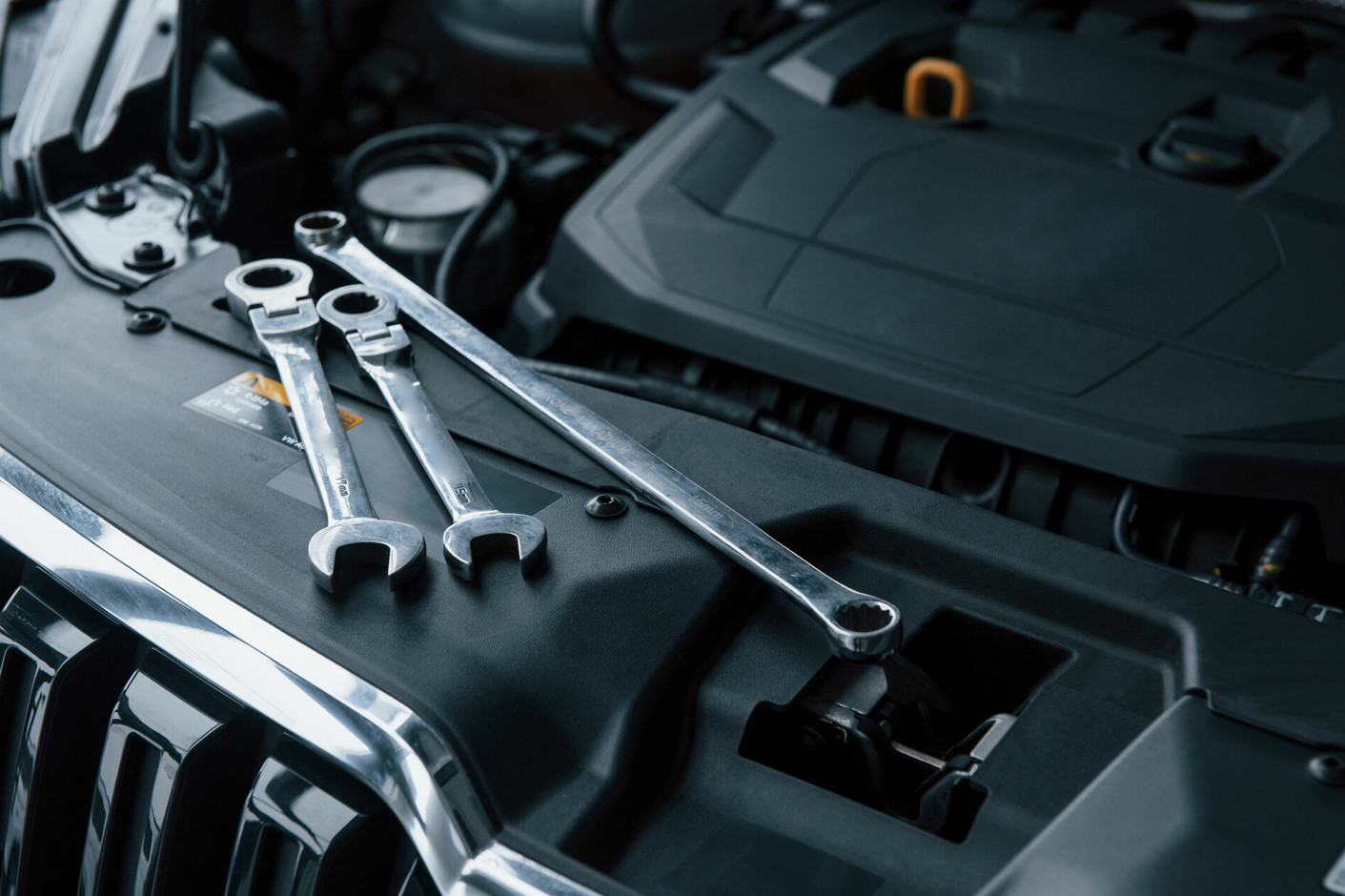A service robot is defined as improving the quality and convenience of human life. It provides semi-automatic or fully automatic services through the combination of a mobile base and a robotic arm and is equipped with a controller device.
What Is a Service Robot?
Service robots refer to robots that serve human life or special tasks that do not include industrial production. Service robots are placed in a variety of complex environments. Compared with industrial robots, they are usually in standardized manufacturing processes. Because they often need to interact with people and complex environments, they must be more flexible. Therefore, an important condition for a service robot is that it must "have a certain degree of autonomy", to escape the rigid form of instruction and action, and to be able to respond to received information and adjust to changes in the environment.
Like the structure of industrial robots: service robots are also composed of drive devices, motorized devices, control systems, and sensing and communication devices. In addition to the refinement of motion structure and human simulation, the development route of service robots is the most eye-catching technology. Because the masses and environments faced by service robots are very complex, they are equipped with various senses that imitate the five senses of human beings. The tester is even more important. In addition to vision, hearing, and touch, also focus on systems such as face/body gesture recognition and voice recognition to enhance communication capabilities. In addition, the combination of artificial intelligence and cloud network systems has gradually become the future development direction. Intelligent service robots can respond to environmental conditions promptly, become more autonomous in operation, and can more easily integrate into society and be used by humans.
A service robot is defined as "improving the quality and convenience of human life, through the combination of a mobile base and a robotic arm, and equipped with a controller device to provide semi-automatic or fully automatic services. Its forms and applications are very wide, so if it is used in non-manufacturing in the industry, industrial robots can sometimes be defined as service robots. Since the robot industry is still in its infancy, and the market specifications have not yet been unified, there are still many bottlenecks in the robot industry to be overcome. Compared with industrial robots, the application of service robots The scope is wider and the technology is more diverse, including manufacturing sectors, agriculture, mining, construction, transportation and storage, accommodation and catering, public administration, and national defense.
Due to the high technical threshold of multi-tasking robots that can smoothly adapt to society and cope with various living conditions, the robots that currently account for most of the output value of the market are still mainly robots that serve specific needs. Among them, the common types of housework such as sweeping robots make up the vast majority.
What are the Service Categories of Service Robots?
- Individual/Family
Serving the elderly and the sick: Such as home cleaning, home care, audio-visual entertainment, and psychological companionship.
With the general trend of an aging society in the future, the life care of the elderly is gradually becoming one of the mainstream issues today. Therefore, robots that can assist the elderly in their lives have developed in a variety of ways. In addition to helping with fetching and transporting, they also provide functions such as remote care and audio-visual entertainment. In addition, there is a trend in medical care for people with reduced mobility, which can assist patients in getting in and out of wheelchairs, walking for rehabilitation, etc. In addition, some robots provide life companionship. In addition to reducing the pressure on caregivers and patients, they also provide psychological comfort and help patients relax more.
- Industrial use
Serving a variety of industries: such as agricultural crop production, medical and surgical assistance, construction handling, and office assistants.
In surgery, the robot will play the role of the surgeon's assistant, which is expected to reduce the chance of accidents. In farmland, robots can be responsible for daily crop care, picking, harvesting, and weeding, which greatly reduces the labor burden. In the construction industry, robots can perform heavy lifting tasks, improving work efficiency and reducing the chance of harm to workers. When working underwater, the robot can overcome water pressure and be responsible for deep-sea exploration and recording. In the office, the robot can play the role of an assistant, record the office path, and guide the guests, deliver items, and tea, or communicate the records of the meeting.
- National Defense Security
For security/defense/military rescue services: such as community patrols, firefighting, disaster relief, and exploration of dangerous areas.
In addition to security robots that can patrol and detect danger in the community, there are fire-fighting robots that can work at the fire scene. In addition to the functions of firefighting, information camera, and collection, it is equipped with climbing rescue and ambulance designs, which can reduce the risk of high-risk situations. The probability of an accident for disaster responders in the environment. Robots can also assist in disaster relief work at major disaster sites, such as cleanup of nuclear power disaster sites, earthquake rescue, detection of poisonous gas, or removal of explosives.
Reflections on service robots:
Although service robots bring more convenience to people, increase the protection of personal safety and health, and improve the quality of human life. On the other hand, when robots are being introduced in various industries one after another, there are doubts that human jobs will disappear as a result. When service providers introduce robots to work with lower technical thresholds, such as replacing clerks at the cashier, ordering service staff, and truck drivers with robots, what will happen to the people who were originally engaged in these jobs? In the future lower costs and the gradual popularization of robots, how to protect the rights of original workers when machines enter the workplace, and how to divide the work division between humans and robots, will become important issues that countries must face when promoting the application of robots.
Whether service robots will become a great boon to human life, or go astray under the temptation of advanced technology, must ultimately depend on human beings. When looking at the development of service robots, it is important to keep in mind that they will eventually be machines that assist humans, and how do we use them well.














